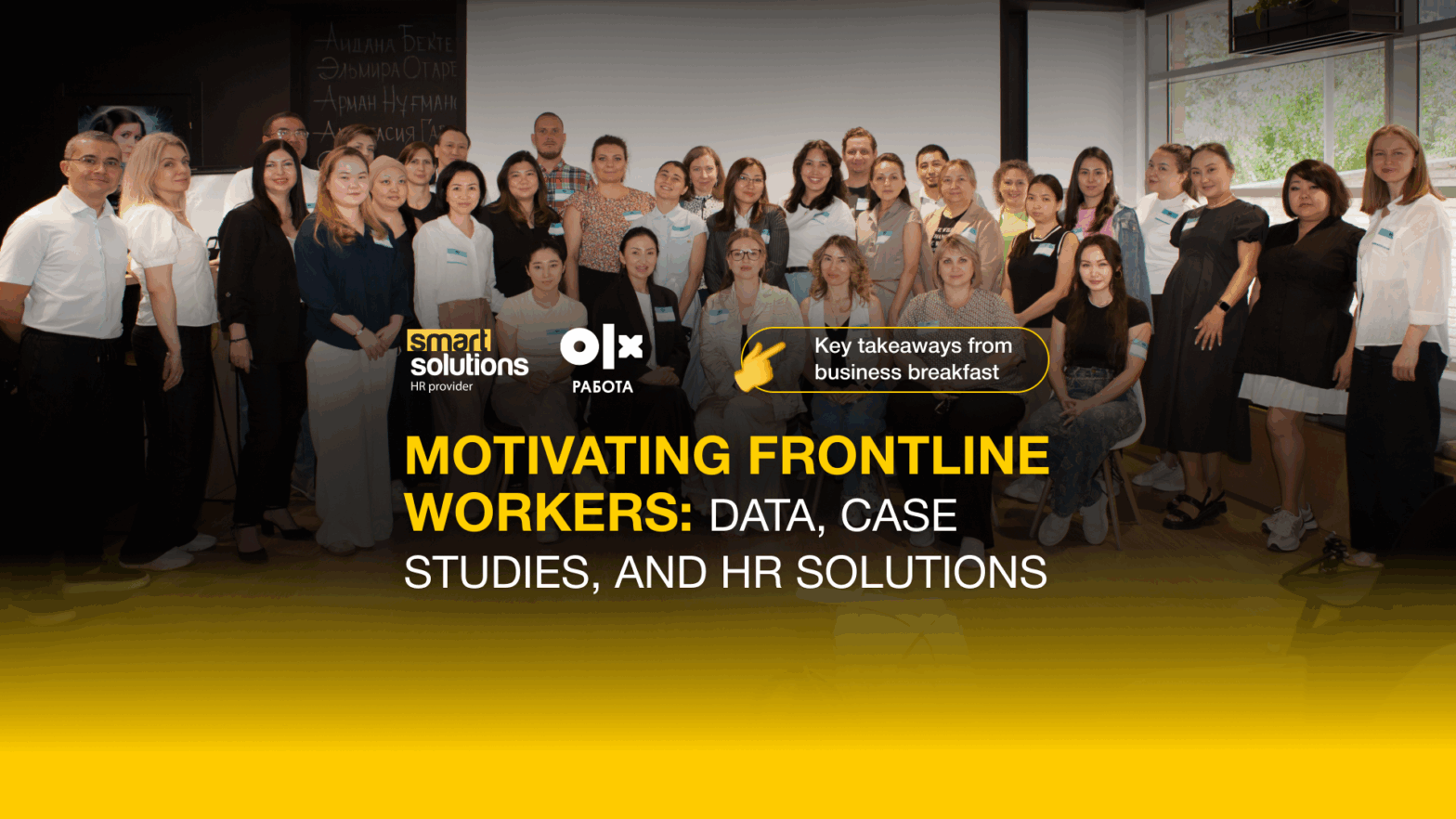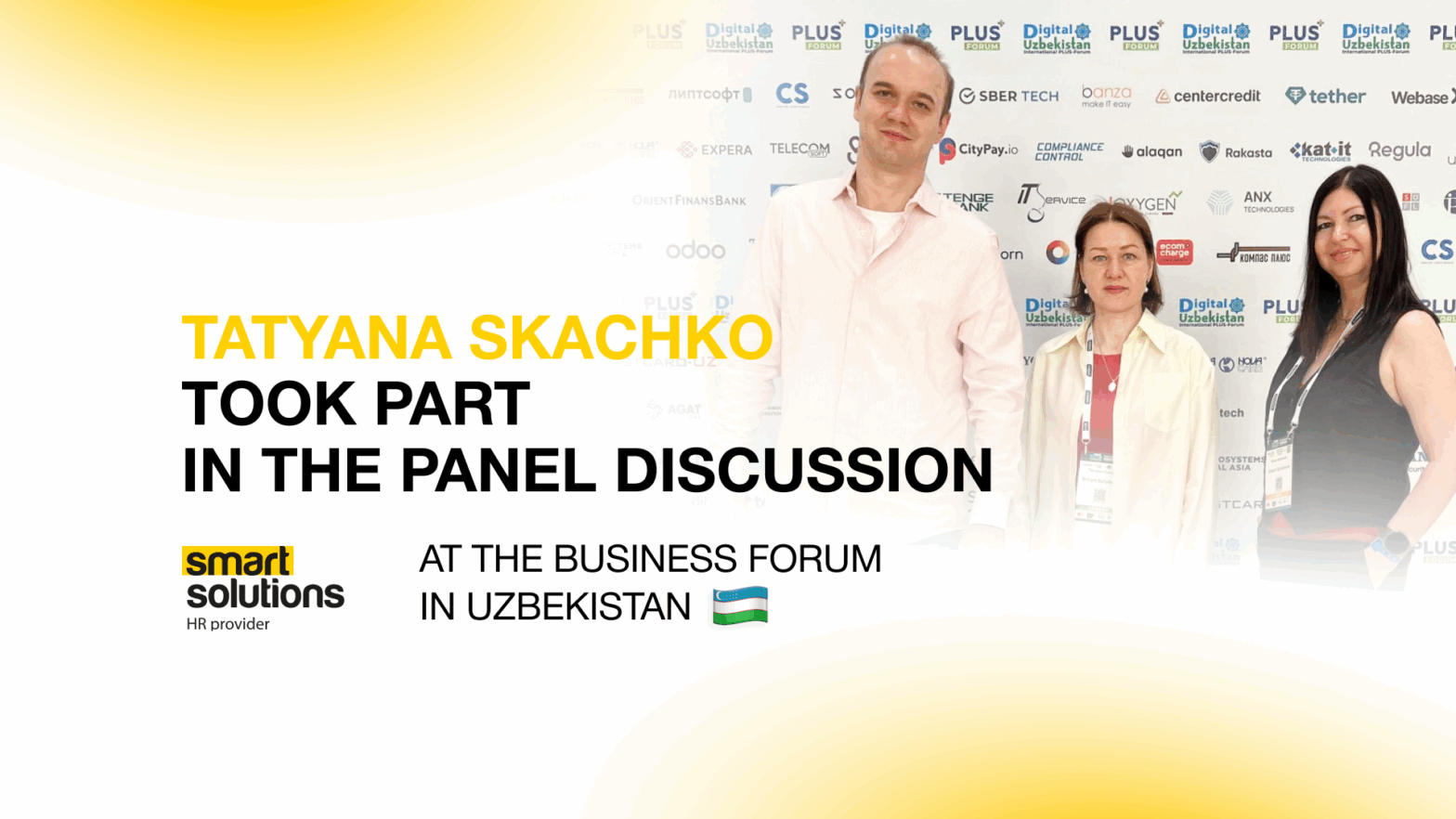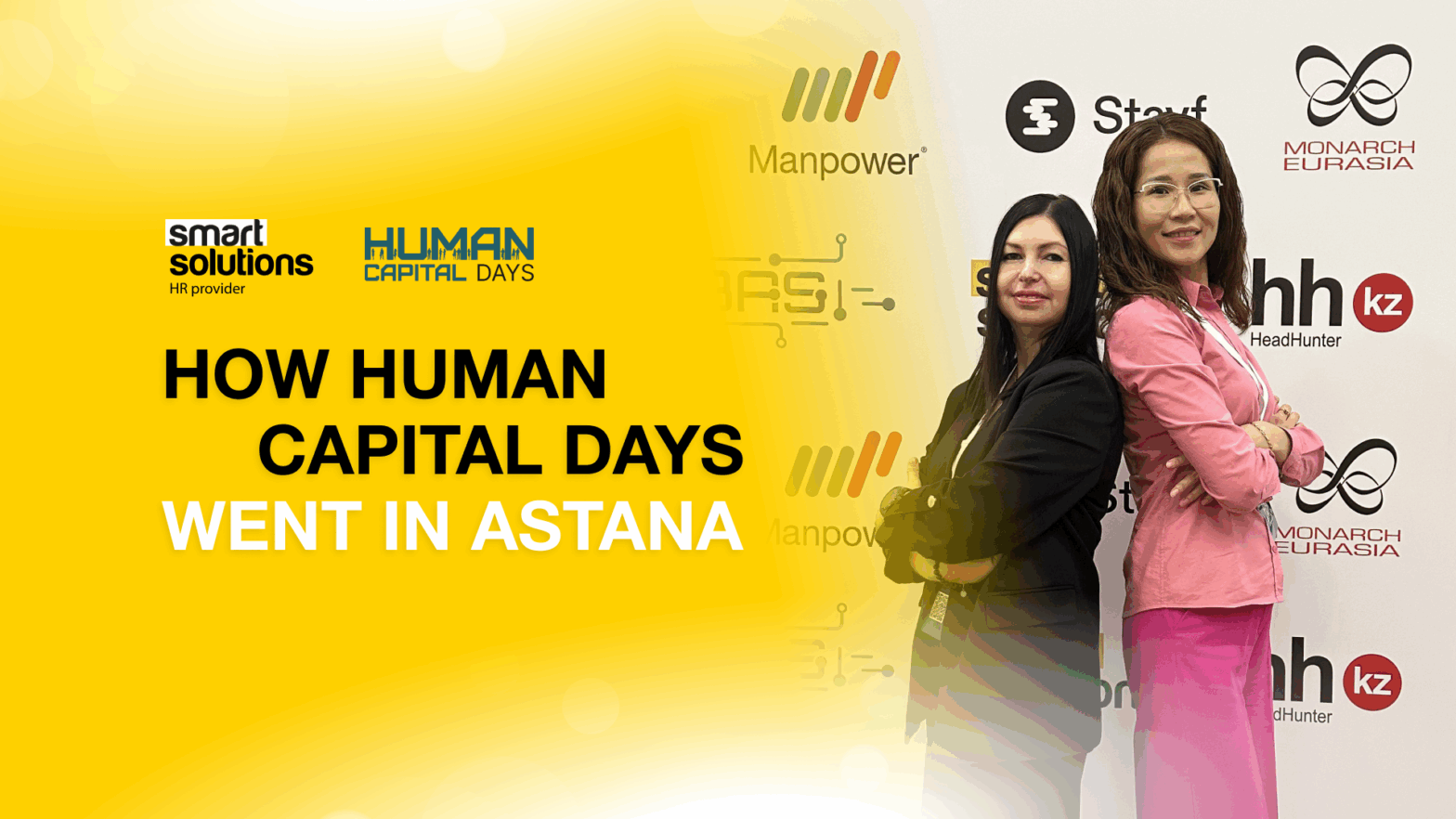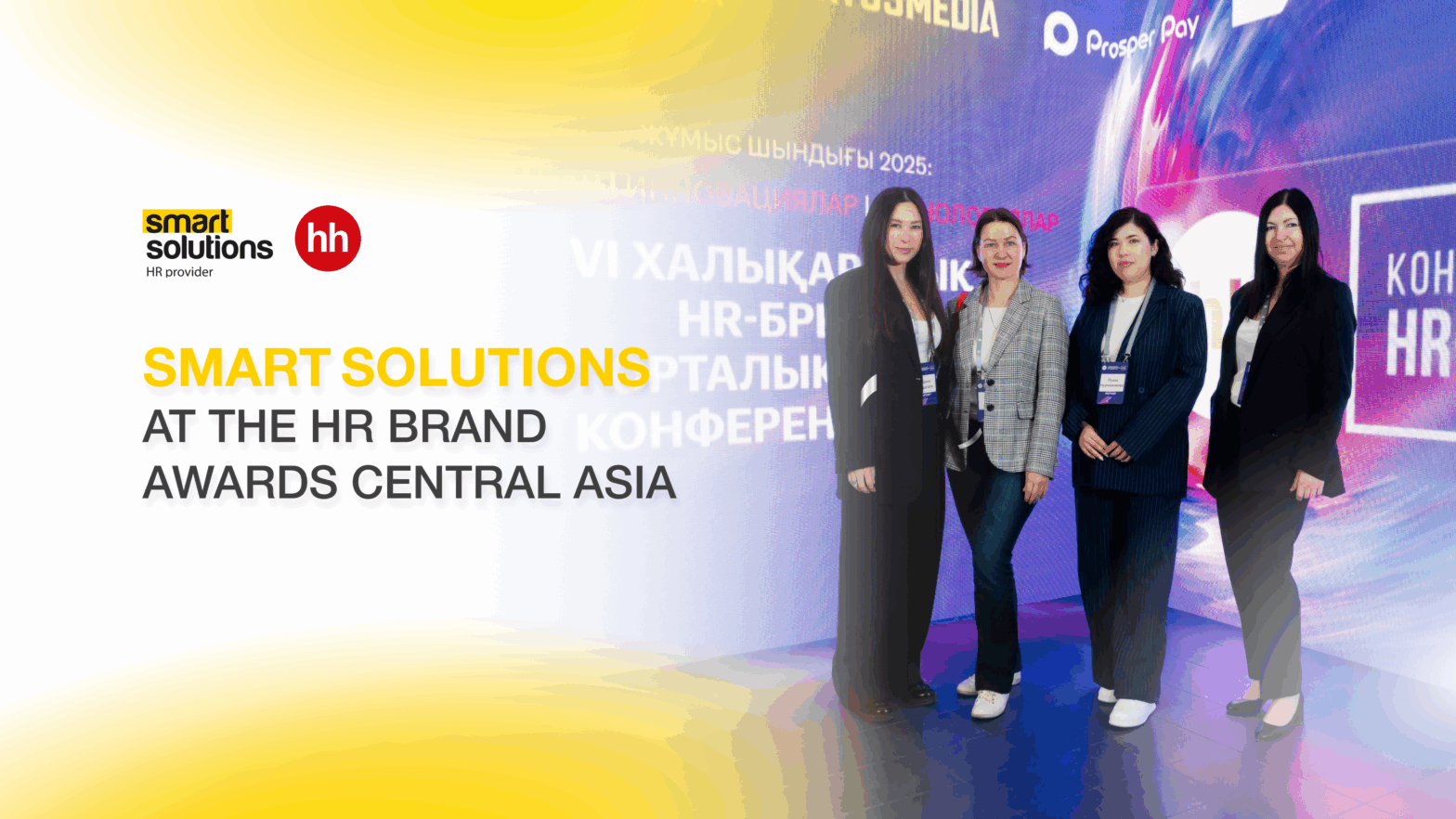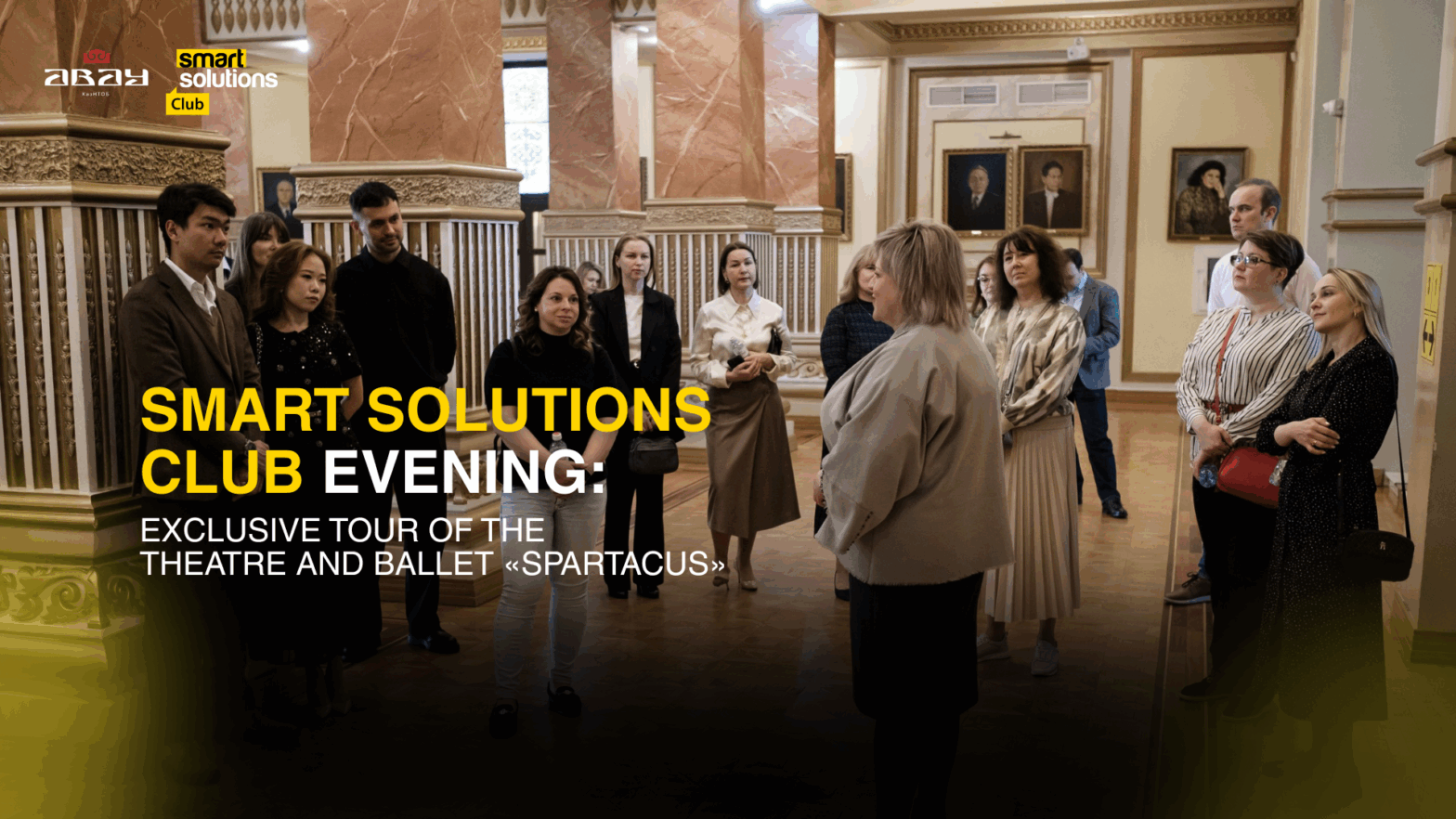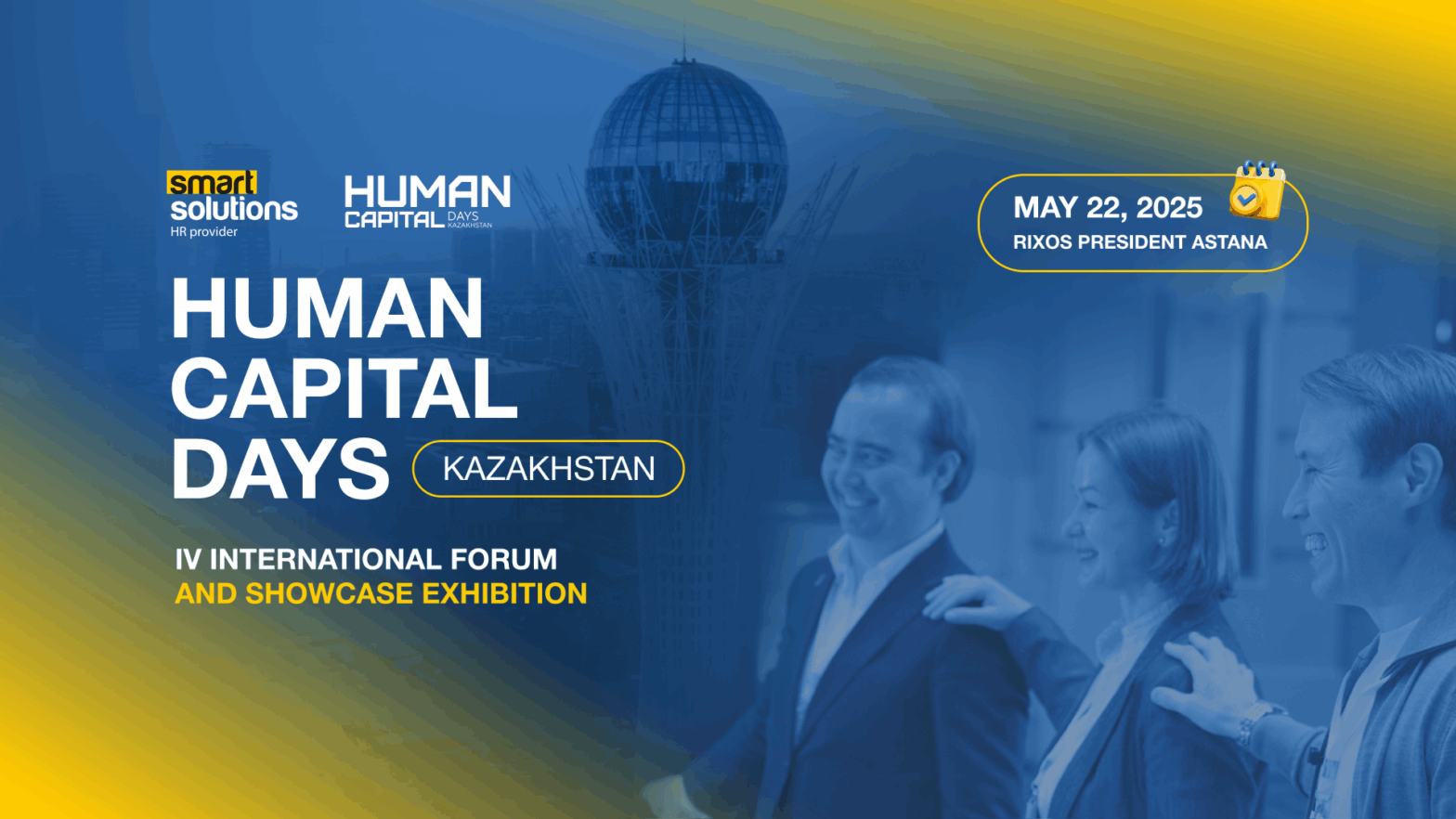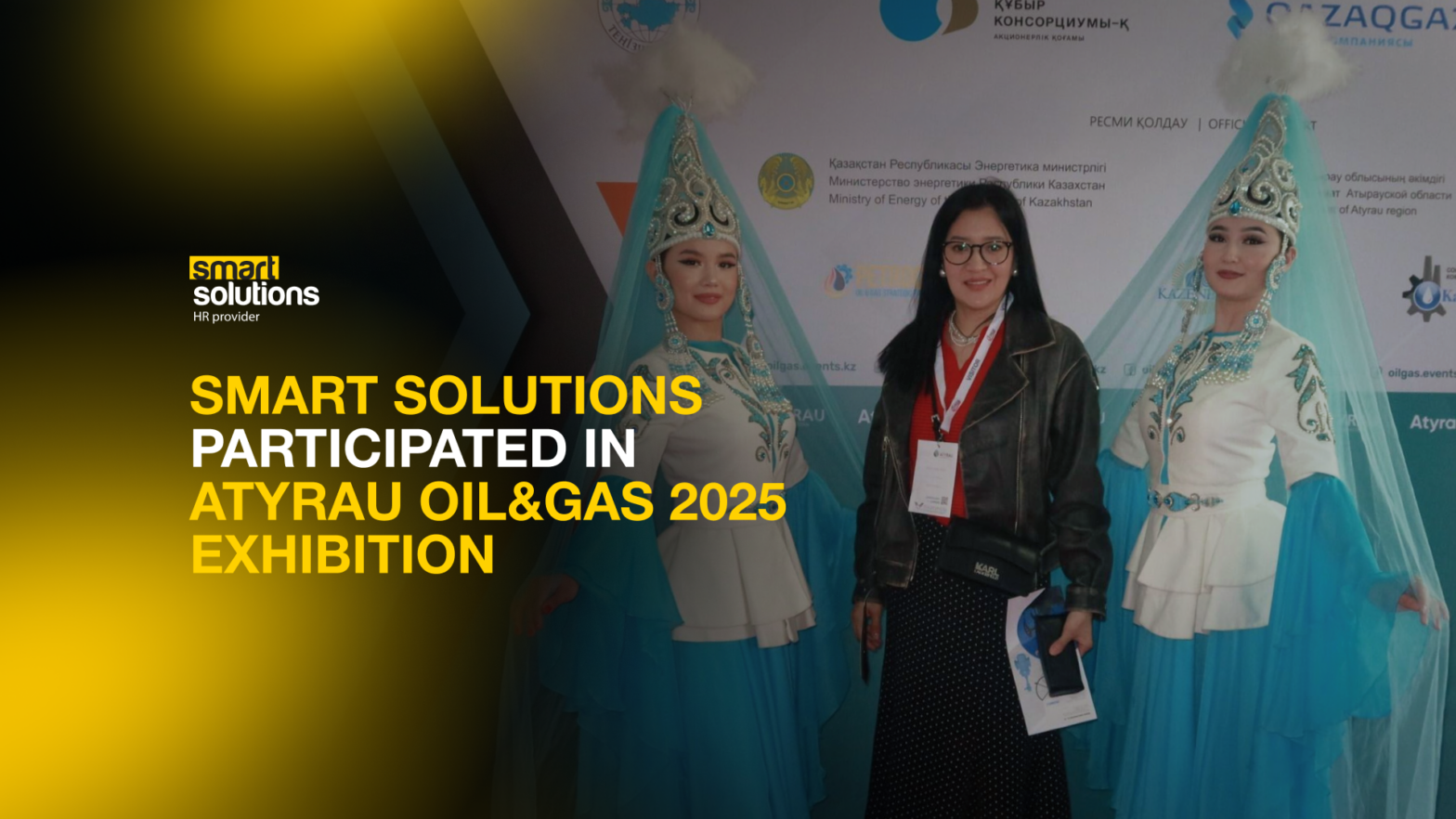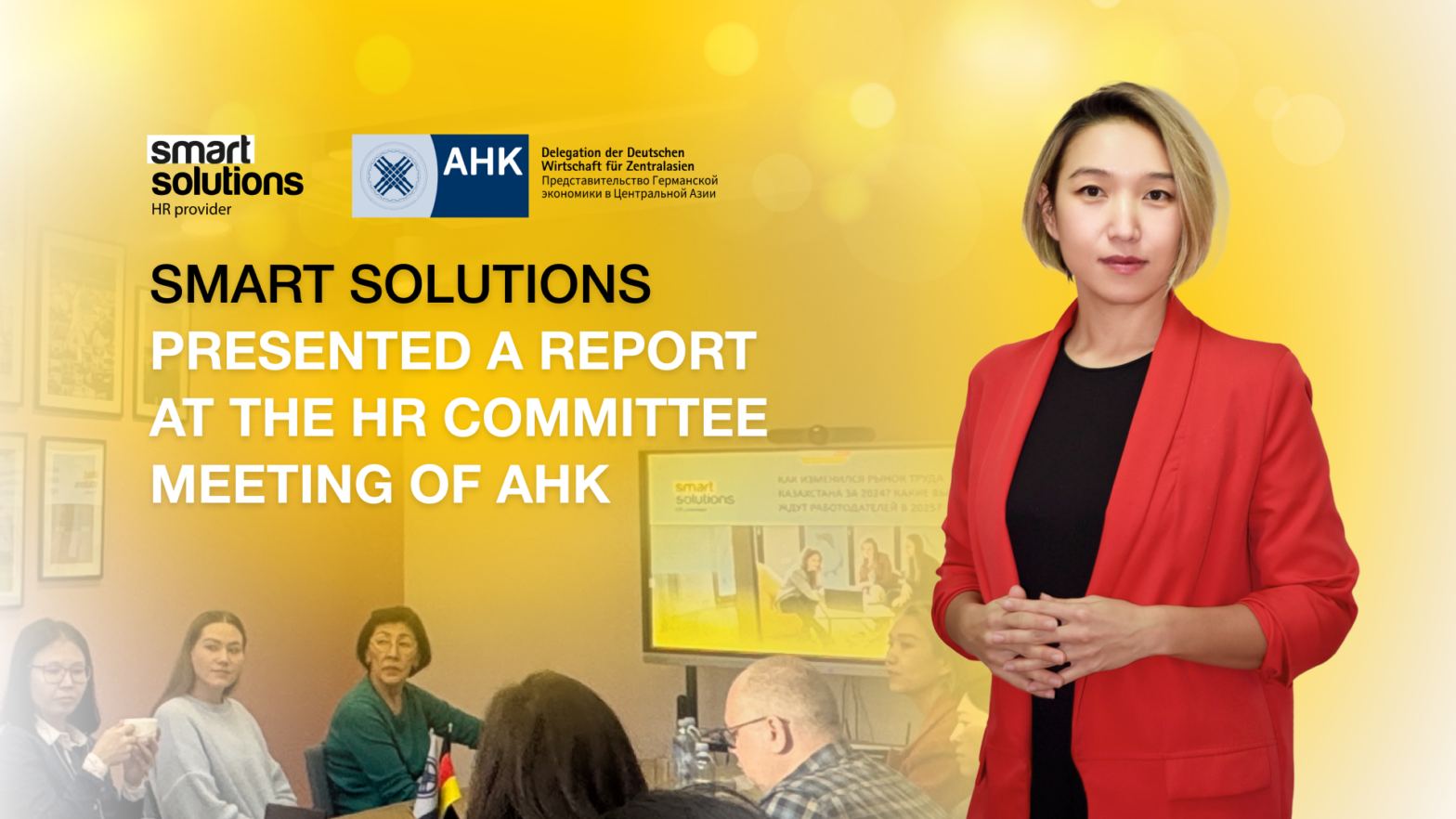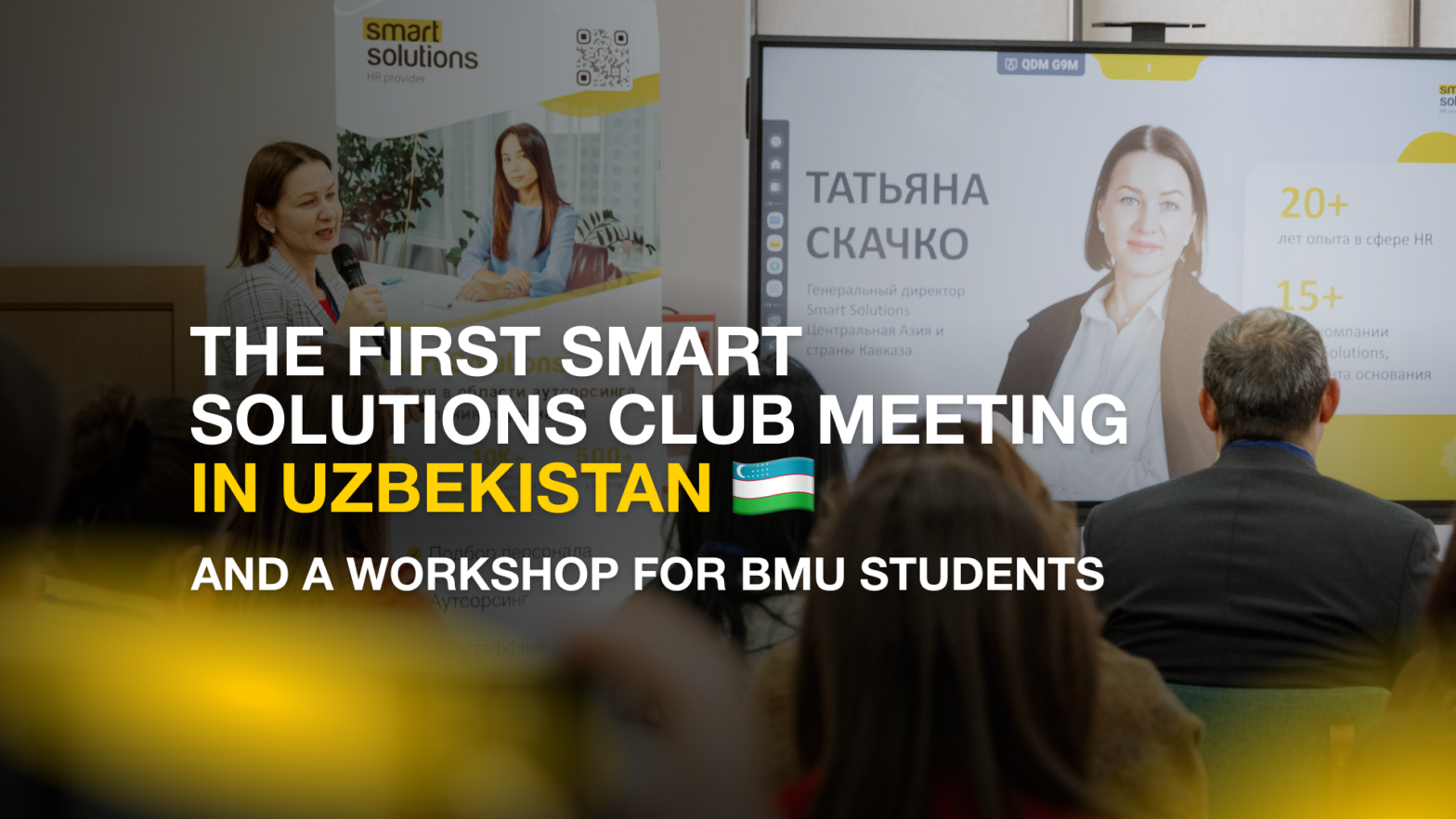The Difference in Working with Millennials and Generation Z
In today’s business landscape, many companies are faced with the need to adapt their recruitment and personnel management strategies to different generations of employees. Millennials and Generation Z are particularly noteworthy, being the two most dynamic and influential groups in the modern labor market.
Representatives of Generation Y, or Millennials, were born roughly from the early 1980s to 1996. They grew up during the development of the internet and mobile technologies, making them more flexible and adaptable to changes.
Generation Z consists of young people born from the mid-90s to around 2012-2015. They grew up in a world where technology became an integral part of life, shaping a high level of technological literacy and a need for instant access to information.
What are the key differences in attracting and retaining candidates from these two generations, and how can we foster understanding among employees of different age groups to ensure their harmonious collaboration within a single company?

We aim to adapt our recruiting strategies to attract Generation Z and Millennial candidates, taking into account their specific characteristics. Above all, as an HR company, our main strategy is to always tailor our approach to our partners and clients, aligning with their corporate culture. When searching for candidates for them, we pay more attention to the soft skills of job applicants, allowing them to build strong relationships with their employers.
Speaking directly about the candidate search process, the main strategies for these generations are similar – speed and digitalization.
Speed: What unites Generation Z and Millennials is their preference for rapid information consumption, short videos, and concise texts. It is crucial for them that the entire recruitment cycle is not overly prolonged, and information about the vacancy, conditions, and stages of recruitment is provided briefly and succinctly. Feedback after interviews should not be delayed excessively, as they can quickly shift their focus to other job offers.
Digitalization: Both of these generations grew up in the era of digital technologies, so they conduct job searches and communication through online platforms and social media. While Millennials may prefer job portals and LinkedIn for job searching, Zoomers actively use messenger chats, university groups, and popular social networks. Additionally, they respond willingly to advertisements through targeted advertising on these platforms. We specifically emphasize these resources to attract candidates from Generation Z and Millennials.

To effectively attract and retain younger generations, we utilize various technologies. Trends and constant innovations, especially in the realm of digital technologies, are distinctive features of the modern world. However, unfortunately, any information is now only relevant for 15 minutes. Therefore, when resorting to modern technologies, we always strive to find a middle ground. We analyze their relevance and use only the necessary and suitable trends among the youth.
The ratio of Millennials and Zoomers in the labor market is influenced by the demographic situation in Kazakhstan. From 1989-1991, the birth rate in Kazakhstan decreased, reaching only 20,000 people from 1992-1994. Starting in 1995, the birth rate fell into negative territory, a situation that persisted until 2002.
In 1997, only 232,000 children were born, almost half of the peak birth rate in 1987 (417,000 people). Consequently, this coefficient decreased from 25.7 to 14.7 newborns per 1000 people. Such a sharp decline in birth rates in Kazakhstan had not been observed since World War II. This period coincided with the collapse of the USSR, and family-marriage relationships had a significant impact on fertility rates. People were not ready to start families, leading to a demographic crisis. As a result, 30 years later, our country is experiencing a shortage of personnel.

At present in Kazakhstan, the age of candidates mostly falls into the categories of either over 40 or up to 23 years old. We feel a shortage of candidates in the age range of 25-38, which constitutes the Millennial generation, coinciding with a demographic decline in our country.
Companies are competing for candidates by offering better working conditions and rewards, leading to an increased demand for professionals and their financial expectations. From this statistics, it becomes evident that the modern labor market in post-Soviet countries is experiencing a shortage of Millennial talent. While Generation Z candidates are growing in number, adapting to working with them is also essential.
Thus, there is a growing need to adapt not only recruitment strategies but also talent retention strategies within a company.
Work-life balance:
- Millennials value a balance between work and personal life, the opportunity to dedicate time to self-development, and relaxation. Remembering their parents’ experiences, they don’t want to spend all their time at work. Therefore, flexible start and end times of the workday would be an excellent advantage for employers.
- Generation Z wants to earn more but work less. They need to be surprised and constantly provided with something new. They appreciate freedom and flexibility. According to Deloitte’s research, Zoomers are three times more likely to leave a company that cannot offer remote or hybrid work.
Company Brand:
- Generation Y pays more attention to what previous and current employees say about their experience in a specific organization. They value the company’s stable development and a favorable working atmosphere.
- Zoomers monitor everything online: discussions, reviews, employees’ pages. They evaluate the company’s website, browse its social media, and examine personnel. This helps them understand the organization’s tone-of-voice, attitude toward customers and employees, based on which they decide whether they would be comfortable working there.
Development and Training:
- According to Millennials, work should bring joy. When selecting candidates for a vacancy, ensure that their functional responsibilities are interesting. Otherwise, employees might quickly switch to a more engaging job. Give them non-standard tasks that require a creative approach and contribute to self-expression. Set ambitious goals but break them down into sub-goals, making it easier for Millennials.
- Generation Z needs continuous growth, even within one company. They love learning, so they pay attention to this opportunity when choosing a new job. During the job description or interview, highlight the possibilities of horizontal and vertical growth in the company, the knowledge and experience they can gain, your training programs, and how quickly they can implement them in their work.
It is also important to foster understanding among different groups of employees.
In any team, maintaining a mix of ages is crucial. The youth can inspire the older generation, while the older generation can motivate and share their expertise with younger colleagues.

Relevant approaches include:
-
Mentorship and Knowledge Sharing:
- Developing programs where senior employees can share their knowledge and experience with younger colleagues.
- Younger employees can reciprocate by sharing trends in technology and new developments.
-
Cross-Functional Projects:
- Involving employees from different age groups in collaborative projects promotes the exchange of ideas, improves communication, and enhances mutual understanding.
-
Organizing Events:
- Hosting corporate events, parties, or sports competitions helps employees of different ages get to know each other better in an informal setting.
- This positively influences team cohesion and improves communication between employees of different generations.

